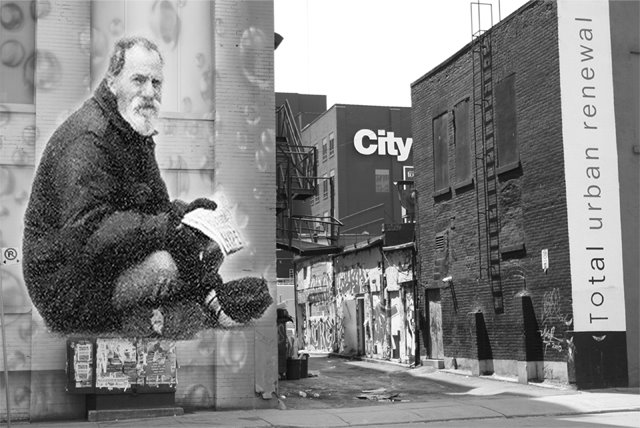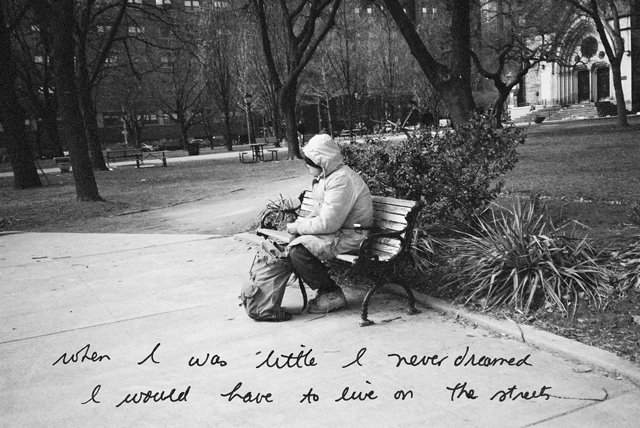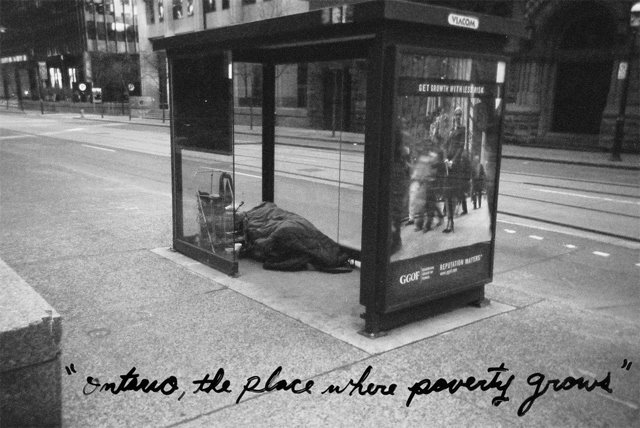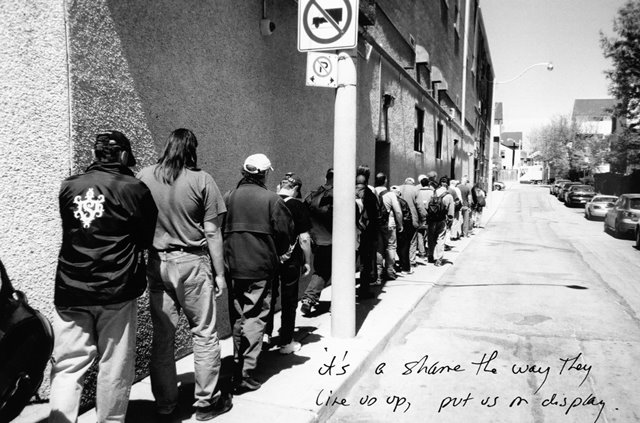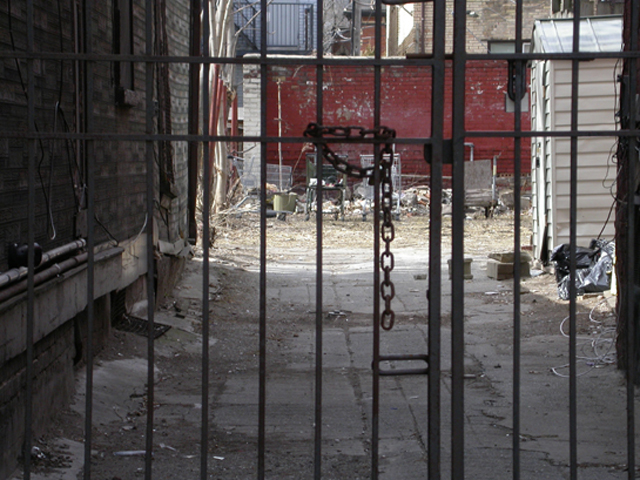
ok, the sleep out didn't happen at Nathan Philips Square. the event was cancelled about 72 hours prior to its start due to events at OCAP. But we met up and documented what did happen. People met for a meal that OCAP provided and chatted in small groups. There were probably 150 people eating chili, bread, salad and cookies. Yummy! Thank you!!!
We had a number of conversations during the few hours that we were there. And we were surprised by the number of police that just happened to be out - not for the chili either.
The cuts in the 300 shelter beds is still happening. And as people say, we're not going to feel it that badly right now, we will feel it more in the winter. The City says that although beds are being lost the total is only about 110 as new shelters will open, and that housing is being found for those using shelters. There seems to be a great deal of disagreement at the bottom line - with those using the shelters saying they are not being moved into safe, healthy, affordable housing for the long-term.
I learned again, that those who are most vulnerable are the ones who suffer the most on the streets. I guess I am not surprised by this. It is an equation that operates in other spheres. So this is the story. Those who are using the shelters come in all moral shades, some darker than others, some of the darkest hues may celebrate by preying on those who are unable to understand cruelty, who may have cognitive problems, mental health issues.
Shelters operate with rules - some may have a policy that you can stay for 14 days and when your 14 days are up, if there are others that want to come in, well you are then out on the streets. However if you can intimidate other people, make them not want to come into the shelter then you can keep your bed... think about it for awhile... think about who stays on the streets and who gets the beds in our city. Think about the kind of economy that we have created.
But, back to the shutting down of beds, and the moving of shelter users to suburban areas to market rental units far from the supports of their community. We have to keep asking ourselves: Is housing a fundamental human right? and, What are the connections between housing and health?
































